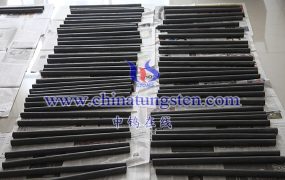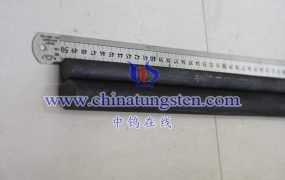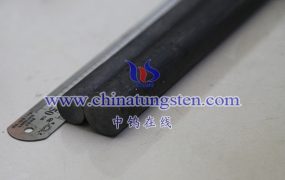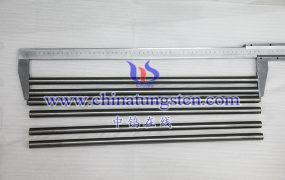The oxidation resistance of TZM alloy rods is closely related to temperature. In high temperature environments, materials are exposed to oxygen or other oxidizing media, causing oxidation reactions to occur. The oxidation resistance of TZM alloy largely determines its stability and service life in high temperature environment.
The rate of the oxidation reaction generally increases as the temperature increases because the high temperature helps to activate the oxygen molecules and facilitate their reaction with the alloy surface. Higher temperatures may also cause diffusion of the material lattice and ion migration, accelerating the oxidation process.
TZM alloy has a certain oxidation resistance, and the added titanium element can form a stable titanium oxide layer to provide a certain oxidation protection. The higher tungsten content also contributes to improved oxidation resistance. However, there is still a certain degree of oxidation risk in extreme high temperature and oxidizing environments.
In order to improve the oxidation resistance of TZM alloy rods, some measures can be taken, such as surface coating, alloy modification and control of ambient atmosphere. In addition, proper heat treatment and alloy design can also improve the oxidation resistance of the alloy.
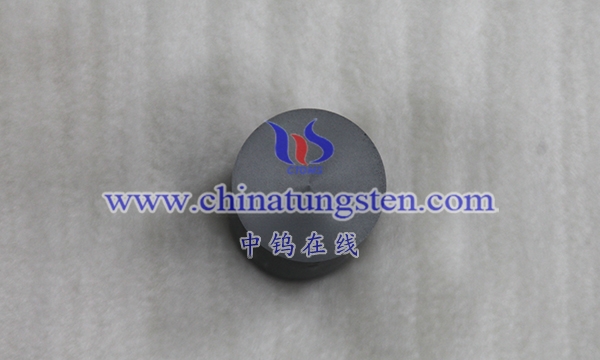
More details of molybdenum or molybdenum alloy products, please visit website: http://molybdenum-alloy.com/index.html
Please contact CHINATUNGSTEN for inquiry and order of molybdenum alloy products:
Email: sales@chinatungsten.com
Tel.: +86 592 5129595


